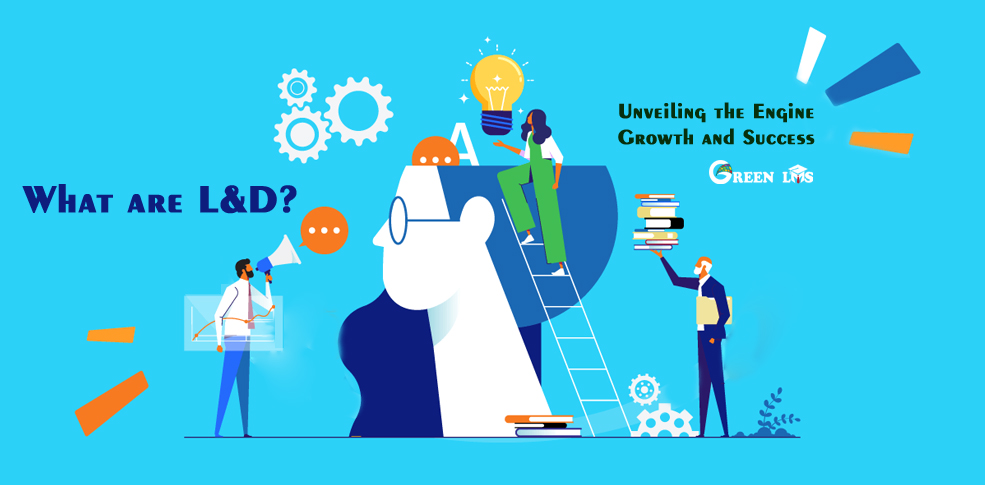L&D: Unveiling the Engine of Growth and Success
In today’s dynamic and ever-evolving business landscape, where change is the new constant, the ability to learn and adapt is no longer a luxury, it’s the cornerstone of survival and success. This is where Learning and Development (L&D) steps into the spotlight, playing a crucial role in equipping individuals and organizations with the tools they need to thrive.
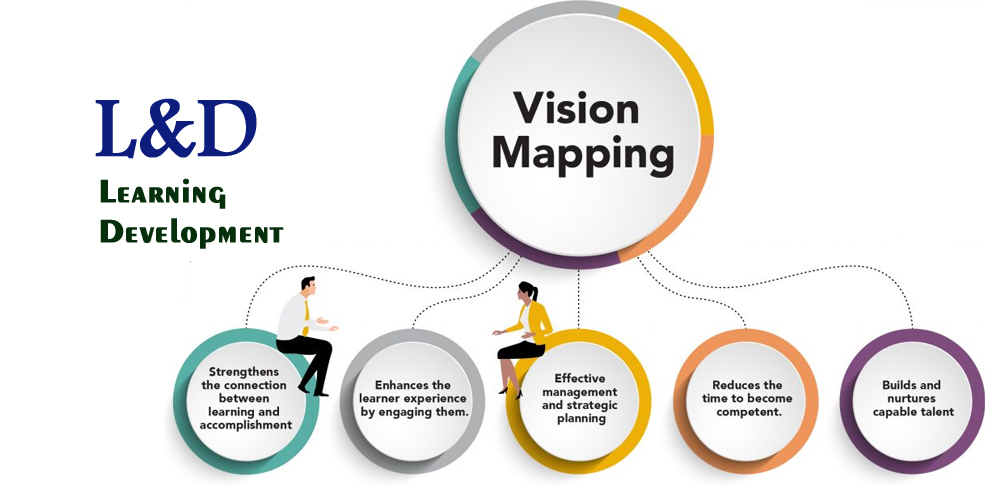
L&D Defined:
L&D stands for Learning and Development. It encompasses a comprehensive and continuous process designed to facilitate knowledge acquisition, skill development, and enhance both personal and professional performance. This dynamic process involves a diverse array of methods, including:

Formal Training Programs:
Classroom Training: Traditional classroom sessions led by experienced instructors provide a structured learning environment for participants to acquire new knowledge and skills.
Online Courses: E-learning platforms offer flexible and accessible learning opportunities through interactive modules, videos, and quizzes.
Workshops: Intensive, hands-on sessions focused on specific skills development and practical application of new knowledge.
Conferences and Seminars: Industry-specific events offer opportunities for professional networking, exposure to cutting-edge trends, and learning from leading experts.

Informal Learning Opportunities:
On-the-Job Training: Learning by doing is a valuable tool for acquiring practical skills and knowledge through real-world application and mentorship from experienced colleagues.
Mentoring: One-on-one guidance and support from experienced mentors helps individuals develop their skills, navigate challenges, and accelerate their career growth.
Coaching: Focused sessions with qualified coaches provide customized guidance and support to unlock individual potential and achieve specific goals.
Self-Directed Learning: Individuals actively seek out learning opportunities through online resources, books, webinars, and other self-paced activities.
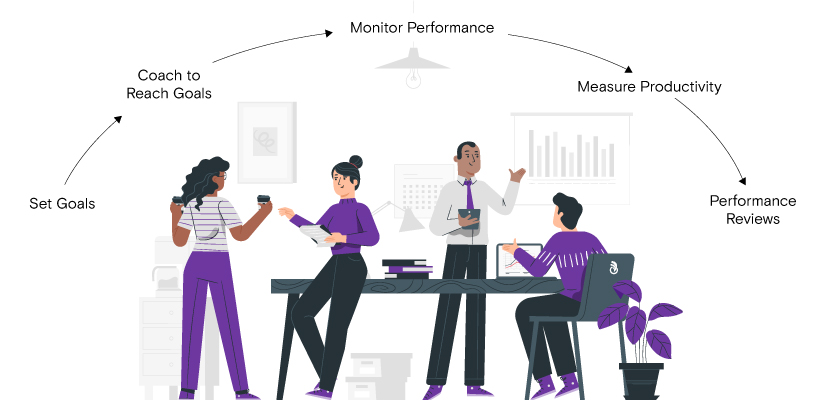
Performance Management:
Goal Setting: Establishing clear and measurable goals provides direction and focus for individual and team development.
Feedback and Coaching: Regularly providing constructive feedback and coaching helps individuals identify areas for improvement and refine their skills.
Performance Evaluation: Measuring progress against set goals allows for individual and organizational assessments of learning effectiveness and facilitates continuous improvement.
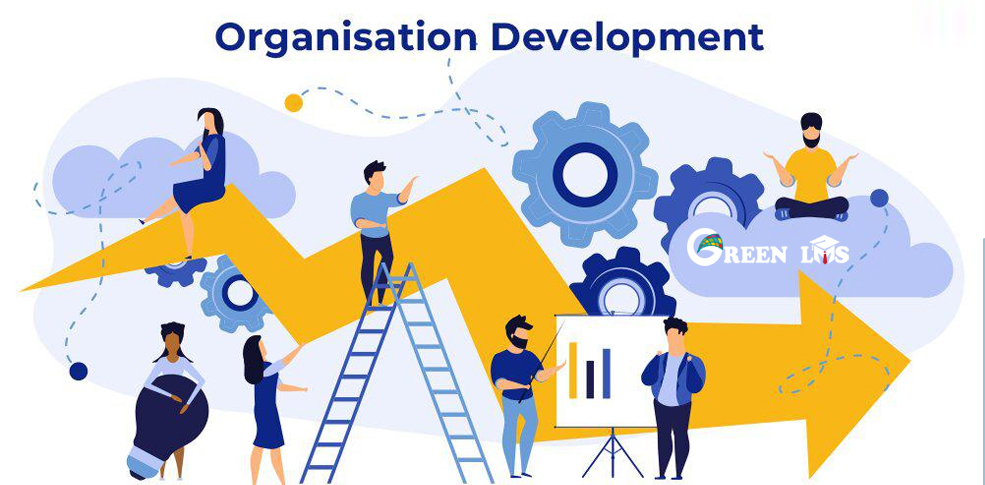
Organizational Development:
Creating a Culture of Learning: Fostering a learning environment where continuous improvement is encouraged, knowledge is shared, and mistakes are seen as opportunities for growth.
Leadership Development: Equipping leaders with the skills and knowledge needed to effectively manage teams, drive innovation, and foster a positive work environment.
Change Management: Supporting employees through organizational changes by providing clear communication, training, and resources to adapt to new processes and technologies.

The Ultimate Goal of L&D:
The ultimate goal of L&D is to cultivate a workforce that is:
Highly Skilled: Possesses the necessary knowledge, abilities, and expertise to perform their jobs effectively and contribute to organizational success.
Deeply Engaged: Motivated, passionate, and committed to their work, driving productivity and innovation.
Adaptable and Agile: Able to learn new things, embrace challenges, and adjust to changing circumstances, ensuring organizational resilience and survival.
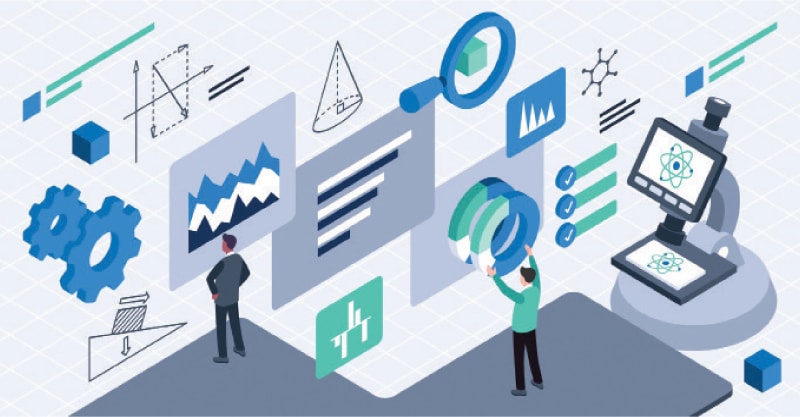
Beyond the Benefits: The Ripple Effect of L&D:
Investing in L&D doesn’t just benefit individuals and organizations; it creates a ripple effect that positively impacts society as a whole. By empowering individuals to expand their knowledge and reach their full potential, L&D fuels innovation, drives economic growth, and contributes to a more vibrant and prosperous future.
Frequently Asked Questions:

1. Why is L&D important for businesses?
In today’s competitive landscape, L&D is crucial for businesses to:
Bridge the Skills Gap: Identify and address critical skill gaps within the workforce to ensure employees possess the necessary tools to meet business demands and remain competitive.
Improve Employee Performance: L&D programs directly contribute to increased productivity, improved quality of work, reduced errors, and enhanced problem-solving capabilities.
Boost Employee Engagement: When employees feel their organization invests in their development, their engagement and commitment increase, leading to a more positive work environment and reduced turnover.
Enhance Organizational Agility: L&D facilitates continuous learning and adaptation, enabling organizations to respond effectively to changing market trends, technological advancements, and unforeseen disruptions.

2. What are the key components of a successful L&D program?
Alignment with Business Goals: L&D initiatives should be strategically designed to support and contribute to the achievement of overarching business goals and objectives.
Shared Ownership and Collaboration: Active participation from both leadership and employees is essential to create a collaborative environment where everyone feels empowered to contribute to the development and implementation of L&D programs.
Identifying Skill Gaps and Needs: Regularly conducting needs assessments through surveys, interviews, and performance reviews helps identify critical skill gaps and learning needs within the workforce, ensuring programs address specific requirements.
Personalized Learning Journeys: Providing diverse learning formats, including online modules, blended learning opportunities, and microlearning resources, caters to individual learning styles and preferences, maximizing engagement and skill development.
Continuous Evaluation and Improvement: A successful L&D program is a dynamic entity that constantly evolves based on feedback and evaluation. Regularly collecting feedback, measuring learning outcomes, and adapting programs based on data ensures L&D initiatives remain relevant, effective, and impactful.
Technology Integration: Utilizing Learning Management Systems (LMS) and other technology platforms allows for centralized content management, personalized learning pathways, and data analysis to track progress and measure program effectiveness.
Learning Analytics: Analyzing data collected through various channels provides valuable insights into individual and overall program performance, enabling adjustments and improvements to optimize learning outcomes.
Social Learning: Encouraging knowledge sharing and collaboration through online communities, forums, and social learning platforms fosters a culture of continuous learning and peer-to-peer knowledge exchange.
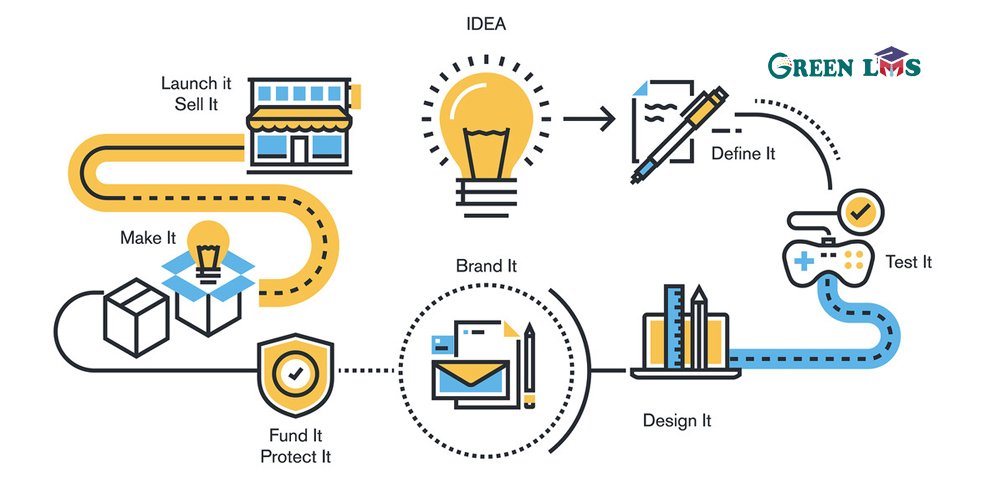
3. How does L&D benefit employees?
L&D empowers employees by:
Unleashing their Potential: Providing the knowledge, skills, and abilities needed to excel in their roles, unlock hidden talents, and achieve their full potential.
Boosting Confidence and Self-Esteem: Mastering new skills and achieving goals builds confidence, allowing employees to take on new challenges, contribute their unique perspectives, and advocate for themselves.
Igniting a Passion for Learning: L&D fosters a love for lifelong learning, encouraging a growth mindset and adaptability to evolving industry demands and personal aspirations.
Enhancing Job Security and Career Progression: Equips individuals with in-demand skills and expertise, making them more competitive in the job market and paving the way for promotions and career advancement.
Building a Stronger Sense of Belonging: Creates opportunities for collaboration, knowledge sharing, and team building, fostering a sense of community, belonging, and support within the organization.
Enhancing Well-being and Mental Health: Learning new skills, achieving goals, and feeling empowered can contribute to increased well-being, reduced stress levels, and improved mental health.
Fueling Innovation and Creativity: Encourages exploration of new ideas, out-of-the-box thinking, and risk-taking, leading to a wave of innovation, creative problem-solving, and organizational growth.
Increasing Earning Potential: Employees with in-demand skills and expertise often command higher salaries and have greater earning potential, leading to financial stability and career satisfaction.
Cultivating a Growth Mindset: Fosters a growth mindset, encouraging employees to embrace challenges as opportunities for learning and development, enhancing resilience, adaptability, and a willingness to embrace change.
Empowering Employees to Make a Difference: Equips individuals with the knowledge and skills to tackle complex problems, drive positive change, and make a meaningful impact on their organization, community, and the world.
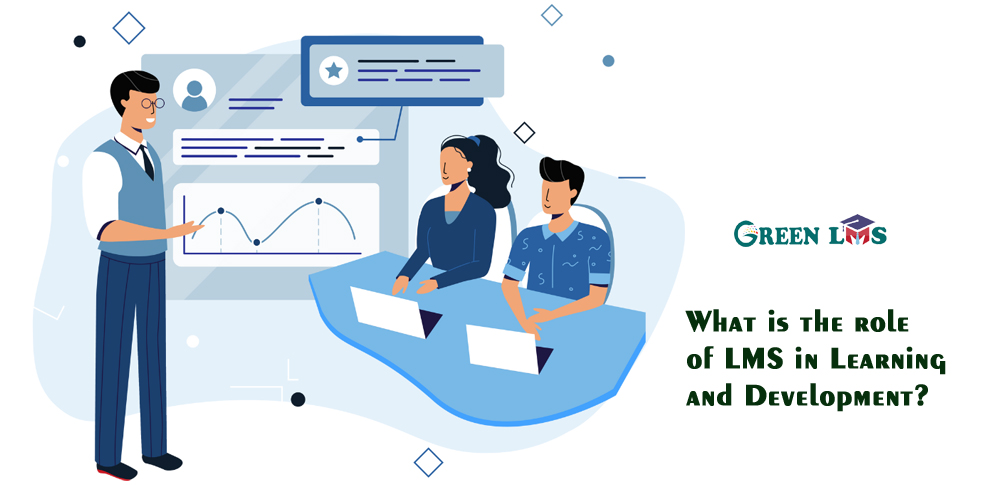
4. What is the role of an LMS in Learning and Development?
A Learning Management System (LMS) is a software platform that plays a crucial role in L&D by:
Centralizing Learning Content: Providing a single platform for storing, managing, and delivering all learning materials, including courses, modules, documents, videos, and assessments.
Personalizing Learning Journeys: Enabling the creation and delivery of personalized learning paths based on individual needs, skill gaps, and learning styles.
Facilitating Collaboration and Communication: Providing tools for online discussion forums, social learning groups, and communication channels for peer-to-peer interaction and knowledge sharing.
Tracking and Measuring Progress: Enabling automated tracking of learning activities, completion rates, and assessment scores, providing valuable data for evaluating program effectiveness.
Automating Tasks and Processes: Streamlining administrative tasks such as enrollment, registration, and reporting, allowing L&D professionals to focus on program development and implementation.
Scaling L&D Initiatives: Facilitating the delivery of training programs to large and geographically dispersed workforces, making L&D efforts scalable and cost-effective.

5. How does an LMS benefit organizations’ L&D efforts?
By implementing an LMS, organizations can:
Reduce Training Costs: Centralized content management, automated tasks, and self-service learning options can significantly reduce costs associated with training delivery.
Improve Learning Outcomes: Personalized learning paths, interactive content, and real-time feedback can lead to improved knowledge retention and skill development.
Increase Employee Engagement: Engaging learning formats, social learning opportunities, and gamification elements can boost employee engagement and motivation.
Enhance Data-driven Decision Making: Access to comprehensive learning analytics provides valuable insights into program effectiveness and allows for data-driven decision making for continuous improvement.
Streamline L&D Operations: Streamline L&D operations, freeing up valuable time and resources for L&D professionals to focus on strategic initiatives.
Improve Compliance and Regulatory Requirements: LMS platforms facilitate the delivery and tracking of mandatory training programs, ensuring compliance with legal and industry regulations.
Extend Learning Beyond the Workplace: Mobile-friendly LMS platforms allow employees to access learning resources and complete training modules anytime, anywhere, fostering continuous learning even outside the office environment.
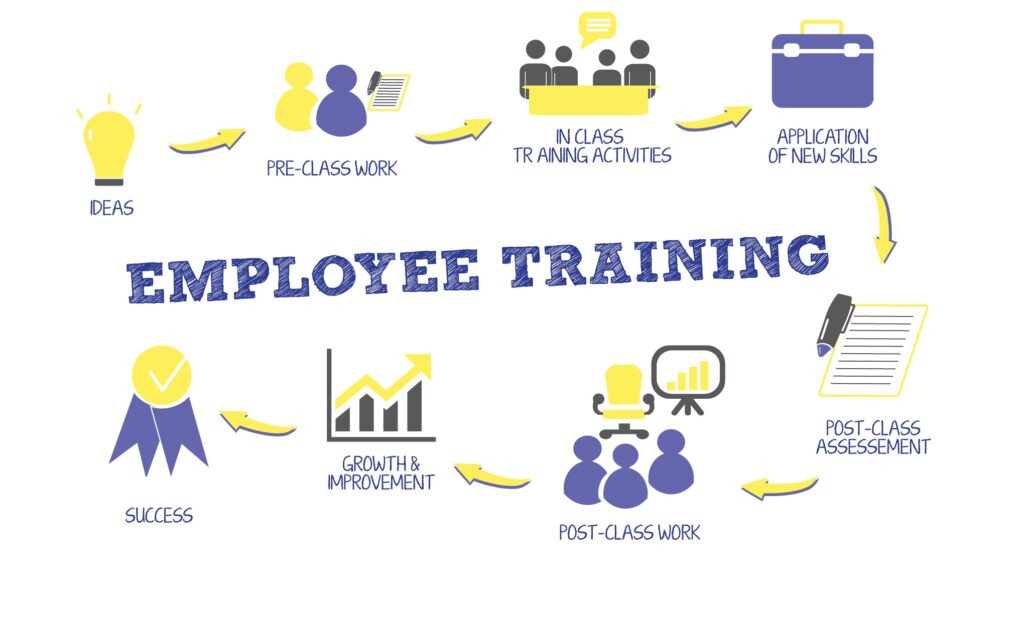
6. Is L&D limited to employee training?
No, L&D is much broader than simply training employees. It encompasses a wide range of activities that contribute to individual and organizational development, including:
Leadership Development: Equipping leaders with the skills and knowledge needed to effectively manage teams, drive innovation, and foster a positive work environment.
Customer Service Training: Enhancing customer service skills and knowledge to ensure positive customer interactions and build loyalty.
Compliance Training: Providing training on legal and regulatory requirements to ensure compliance and mitigate risk.
Soft Skills Development: Cultivating essential soft skills such as communication, collaboration, problem-solving, and critical thinking.
Career Development: Supporting employees in their career growth through individualized coaching, mentoring, and career planning programs.
Organizational Development: Implementing initiatives that enhance organizational culture, improve communication and collaboration, and promote a learning-oriented environment.

7. How does L&D contribute to organizational success?
L&D contributes to organizational success by:
Driving Innovation and Growth: A skilled workforce equipped with the latest knowledge and tools is essential for driving innovation, developing new products and services, and adapting to changing market demands.
Improving Productivity and Efficiency: Upskilling employees leads to increased productivity, reduced errors, and improved operational efficiency, ultimately contributing to bottom-line growth.
Enhancing Employee Engagement and Retention: Investing in L&D demonstrates commitment to employee development, fostering a positive work environment, and reducing employee turnover.
Building a Strong Employer Brand: A reputation for strong L&D programs attracts top talent and positions the organization as an employer of choice.
Promoting a Culture of Continuous Learning: L&D fosters a culture of continuous learning and adaptation, enabling organizations to remain competitive in the face of constant change.

8. How can organizations measure the effectiveness of their L&D programs?
Several key metrics can be used to measure the effectiveness of L&D programs:
Learning Outcomes: Assess knowledge retention and skill development through assessments, surveys, and performance evaluations.
Employee Engagement: Track participation rates, completion rates, and employee feedback to gauge their engagement with L&D initiatives.
Business Impact: Analyze the impact of L&D programs on key business metrics such as productivity, customer satisfaction, and employee turnover.
Return on Investment (ROI): Calculate the financial return on investment by comparing the cost of L&D programs to the benefits generated.
Learning Analytics: Utilize data collected through LMS platforms and other sources to gain insights into individual and program performance, identifying areas for improvement.

9. What role does L&D play in employee retention?
L&D plays a crucial role in employee retention by:
Investing in Employee Development: Demonstrating commitment to employees’ growth and development fosters loyalty and reduces turnover.
Enhancing Job Satisfaction: Upskilling employees and providing opportunities for skill development leads to increased job satisfaction and engagement.
Creating a Culture of Learning: Promoting a learning-oriented environment encourages employees to feel valued and empowered, making them less likely to seek opportunities elsewhere.
Building Career Paths: Providing clear career development pathways and supporting employees in their career aspirations helps them feel motivated and engaged within the organization.
Addressing Skill Gaps: Identifying and addressing critical skill gaps ensures employees feel equipped to perform their jobs effectively and contribute to organizational success, leading to a greater sense of purpose and fulfillment.

10. Can small businesses benefit from L&D?
Absolutely! Small businesses can reap significant benefits from L&D programs, even with limited resources. Here are some ways:
Focus on High-Impact Training: Prioritize training that addresses critical skill gaps and directly impacts business objectives.
Utilize Free Resources: Leverage online resources, webinars, and free training materials to supplement traditional training programs.
Foster Peer Learning: Encourage knowledge sharing and collaboration among employees to create a learning environment within the organization.
Promote Self-Directed Learning: Encourage employees to take ownership of their development by providing access to online courses, books, and other learning materials.
Measure and Adapt: Regularly evaluate the effectiveness of L&D initiatives and adjust programs based on data and feedback to ensure they remain relevant and impactful.
Conclusion: Investing in the Future
In conclusion, L&D is not simply a cost, but a strategic investment in the future of individuals and organizations. It is the engine that drives growth, innovation, and success in today’s dynamic and competitive landscape. By prioritizing L&D and fostering a culture of continuous learning, organizations can unlock the full potential of their workforce, adapt to change, and thrive in the ever-evolving world around them.
The benefits of L&D extend far beyond individual and organizational success. By empowering individuals to learn, grow, and contribute their unique talents, L&D plays a vital role in building a more skilled, adaptable, and resilient society. It is the catalyst for positive change, innovation, and a brighter future for all.
So, let us embrace the transformative power of L&D and embark on a journey of continuous learning, growth, and shared success. Green LMS is a perfect fit. Experience the best of next-gen learning with a free trial of this cloud-based LMS. Discover more about LMS for Business, LMS for Universities, LMS for Schools, LMS for Business, and LMS for Corporate. Secure your Free LMS Trial of this Cloud-based solution today.

